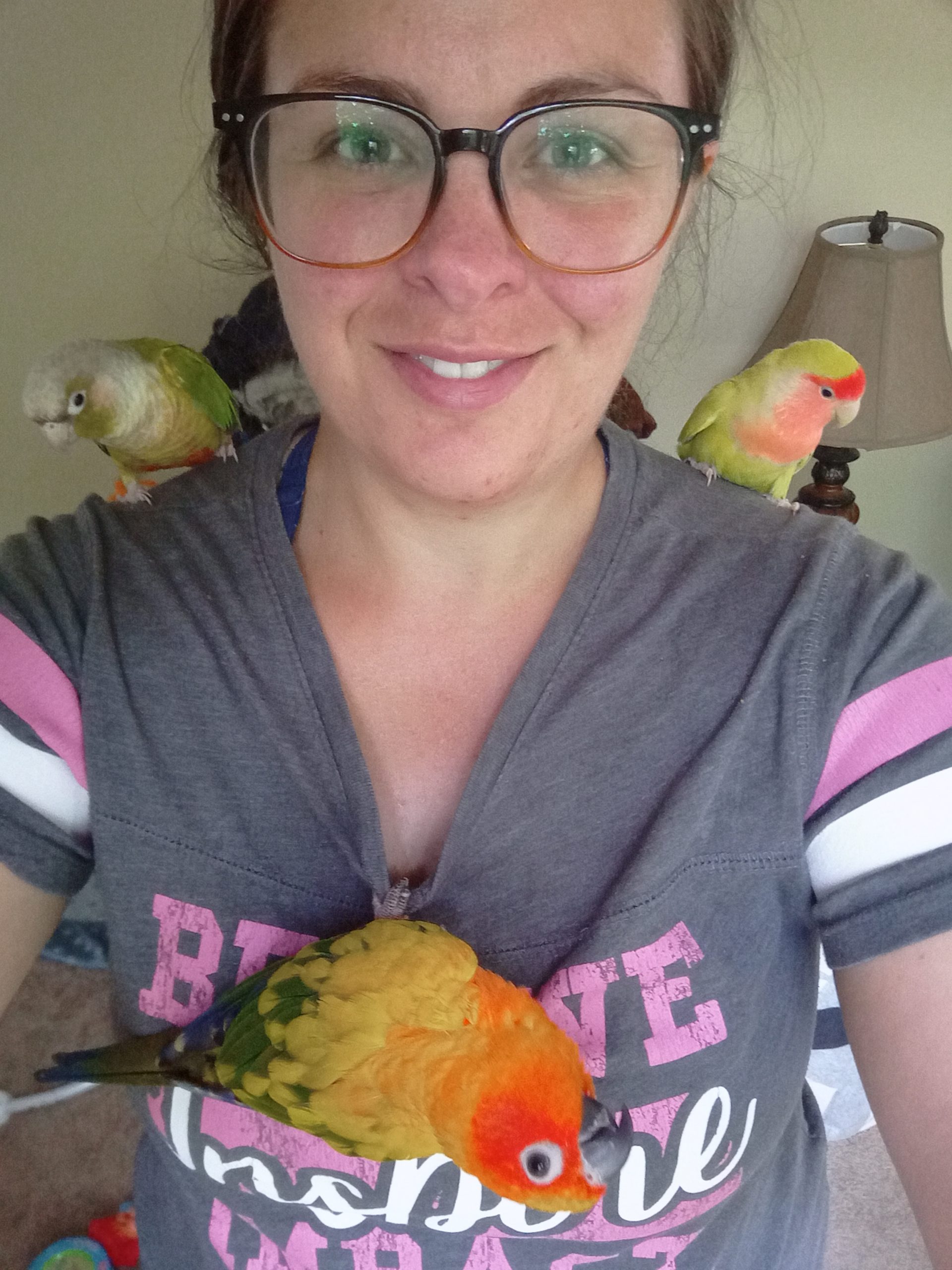Essential Dog Commands For A Happy Dog & Owner
If you’ve just gotten a new dog or puppy, congratulations! Owning a dog is a rewarding experience that can bring a lot of joy to your life. But it’s also a big responsibility.
A new dog will need to learn basic dog commands, and it’s up to you as the owner to teach them. While it may seem daunting at first, don’t worry, we’re here to help!
In this blog post, we’ll share 11 basic commands that every dog should know.
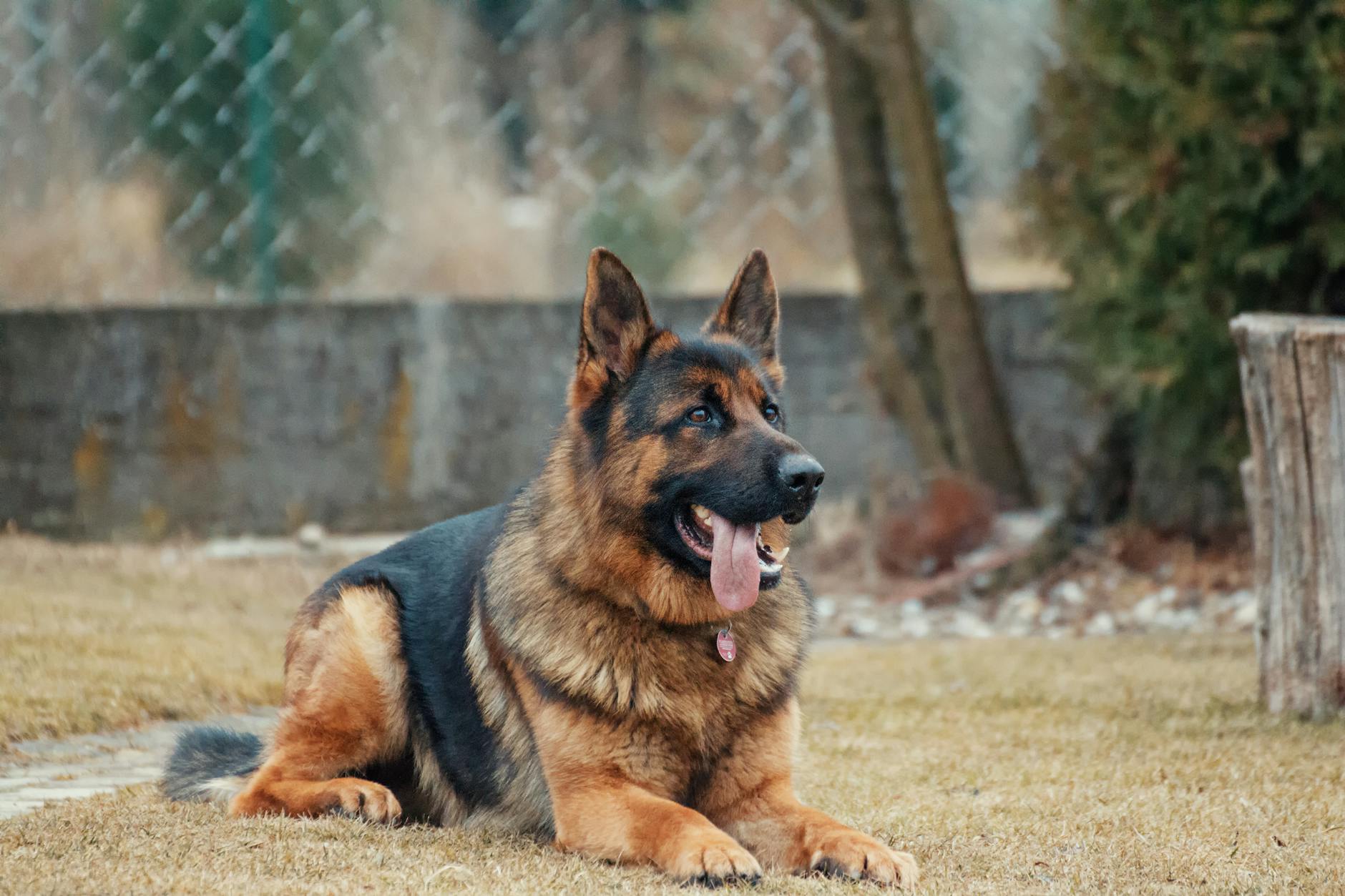 Image by Adam Kontor
Image by Adam Kontor
Your Dog Should Learn These Basic Dog Commands
With a little patience and practice, you’ll have your pup obeying in no time! After all, you want your furry friend to be well-behaved and able to listen to you when you need them to.
So, what are these 11 basic dog commands? Here they are not in any particular order.
- “Sit” Command
- “Stay” Command
- “Come” Command
- “Down ” Command
- “Heel” or “With Me” Command
- “Off” Command
- “Drop it” Command
- “Leave it” Command
- “Place” Command
- “Wait” Command
- “No Bark” Command
 Image by Samson Katt
Image by Samson Katt
1. The “Sit” Command
The “sit” command is one of the most essential commands that you can teach your dog. The “sit” command simply tells your dog to sit down. This is a very important command for your dog to learn for a number of reasons.
First, the “sit” command is a great way to get your dog’s attention. If your dog is running around and not paying attention to you, you can use the “sit” command to get their attention.
Second, the sit command is a great way to keep your dog out of trouble. If you’re at a restaurant and your dog is getting underfoot, you can use the sit command to keep them out of the way.
Third, the sit command can be used as an emergency brake. If your dog is running toward something dangerous, you can use the sit command to stop them in their tracks.
Fourth, the sit command is a great way to show your dog who’s boss. If your dog is being disobedient, the sit command is a good way to show them that you’re the one in charge.
Finally, the sit command is a great way to bond with your dog. This is a simple command that you can do together, and it’s a great way to build your relationship with your dog.
So, how difficult is it for a dog to learn? The answer is that it depends on the dog. Some dogs will learn the sit command very quickly, while others may take a little longer. The best way to find out is to just try it and see how your dog responds.
Overall, the “sit” command is a very important command for your dog to learn. It’s a great way to get their attention, keep them out of trouble, stop them in an emergency, show them who’s boss, and bond with them. If you’re having trouble teaching your dog the sit command, be patient and use these tips to make it easier.
 Image by Karolina Grabowska
Image by Karolina Grabowska
2. The “Stay” Command
The “stay” command is a cue that tells your dog to remain in the position that they are in, whether that is sitting, lying down, or standing. They should stay in position until you return and give a release command, such as “okay” or “free”.
The stay command is an important cue for your dog to know for several reasons. First, the stay command can help to keep your dog safe in potentially dangerous situations. For example, if you are crossing a busy street and you need your dog to stay put until it is safe to cross, the stay command can be a lifesaver.
Second, the stay command is a great cue to use when you need your dog to be calm and well-behaved in situations where they may be tempted to jump up or be disruptive. For example, if you have company over and you do not want your dog jumping on guests or begging for food, the stay command can help to keep them in line.
Finally, the stay command is a cue that can be used to build other behaviors. For example, if you are teaching your dog to come when called, you can use the stay command to help them learn to stay in one spot while you walk away from them, which will make it easier for them to understand the come command.
The stay command is more difficult for dogs to learn than the wait command, but it is important to take your time in teaching it to them.
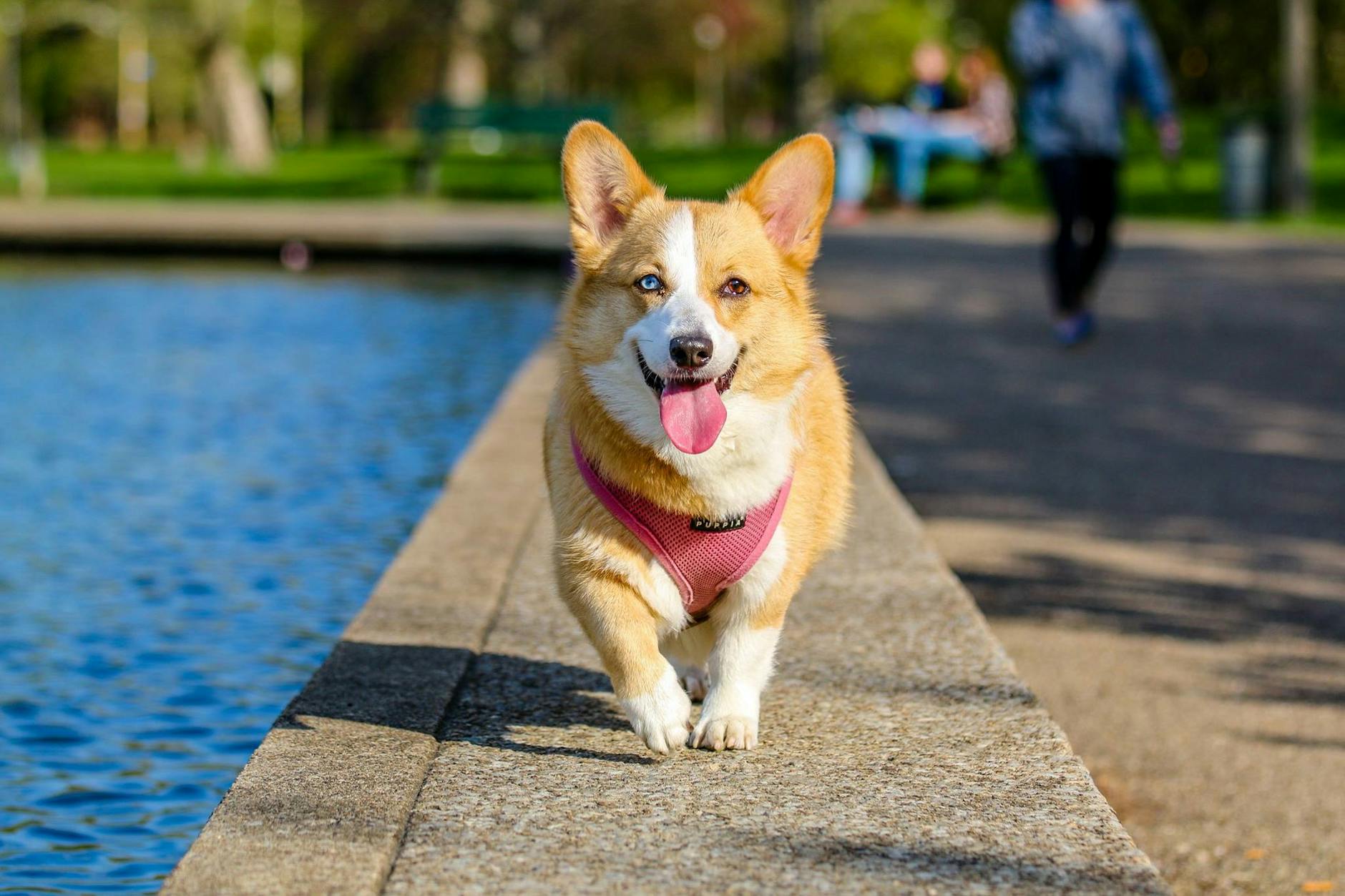 Image by muhannad alatawi
Image by muhannad alatawi
3. The “Come” Command
The “come” command is one of the most important commands that your dog should know. It is a basic cue word that every dog should know. The “come” command is important for your dog to learn for many reasons. The “come” command is a great way to get your dog’s attention. It is also a great way to keep your dog safe. The “come” command can be used in many different situations. For example, if your dog is running towards a busy road, you can use the come command to stop your dog and get them to safety. The “come” command is also a great way to recall your dog if they are running away from you. The “come” command is a very versatile command and can be used in many different ways.
The “come” command is not difficult for a dog to learn. Dogs are very intelligent creatures and can learn new commands quickly. The “come” command is a basic cue word that every dog should know. The “come” command is important for your dog to learn for many reasons. The “come” command is a great way to get your dog’s attention. It is also a great way to keep your dog safe. The “come” command can be used in many different situations. For example, if your dog is running towards a busy road, you can use the come command to stop your dog and get them to safety. The “come” command is also a great way to recall your dog if they are running away from you. The “come” command is a very versatile command and can be used in many different ways.
Every dog is different and will learn at their own pace. Some dogs may learn the come command quickly, while others may take a little longer.
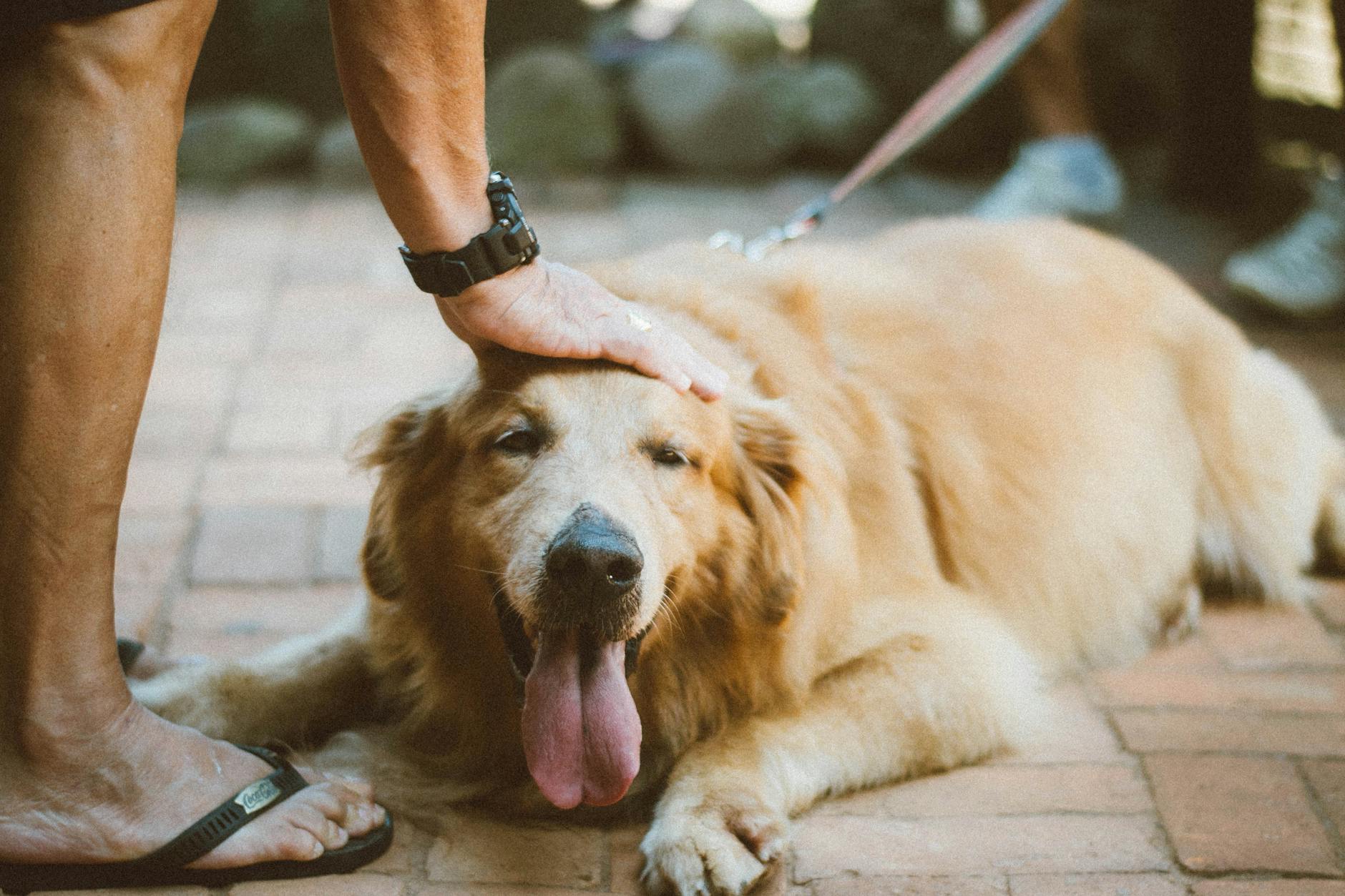 Image by Alice Castro
Image by Alice Castro
4. The “Down” Command
The “down” command is one of the most basic and essential commands that you can teach your dog. It is a cue for your dog to lie down on the ground, and is an important command for several reasons.
First, the “down” command is a great way to get your dog off of furniture. If you have a dog that likes to jump on couches or chairs, the “down” command can be used to get them down. This is especially important if you have visitors over, and you don’t want your dog to jump on them.
Second, the “down” command can be used as a calming cue. If your dog is getting too excited or if they are barking excessively, you can give the “down” command as a way to calm them down.
Third, the “down” command is a great way to keep your dog out of trouble. If you are at a park and your dog is getting too close to a busy street, or if they are about to jump on someone, the “down” command can be used to get them to lie down and stay out of trouble.
Fourth, the “down” command can be used in emergency situations. If there is a fire or some other type of emergency, you can use the “down” command to get your dog to lie down and stay out of the way.
Finally, the “down” command is a great way to show your dog that you are the leader. In the dog world, the leader is the one who is in control of the situation. By using the “down” command, you are showing your dog that you are the leader and that you are in control.
So, as you can see, the “down” command is a very important cue for your dog to learn. It is a cue that can be used in a variety of situations, and it is a great way to show your dog that you are the leader.
 Image by Bruno Cervera
Image by Bruno Cervera
5. The “Heel” or “With Me”
The “heel” command is one of the most basic and important commands that your dog should know. Heeling is when your dog walks by your side, keeping pace with you and staying no more than six inches away from your leg.
There are many reasons why the heel command is important for your dog to learn. For one thing, it helps to keep your dog safe. If you’re crossing a busy street, for example, you’ll want your dog to heel so that he doesn’t wander into the street and get hit by a car.
The heel command is also important for preventing your dog from getting lost. If you’re out for a hike in the woods and your dog suddenly takes off after a squirrel, you’ll be glad you taught him the heel command so that you can call him back to you and prevent him from getting lost.
In addition to keeping your dog safe, the heel command is also a great way to show off your dog’s good manners. When your dog is heeling, he’s not jumping on people or getting underfoot. He’s walking calmly by your side, which is much more pleasant for everyone involved.
The heel command is not difficult for dogs to learn, but it does take some patience and practice. The best way to teach your dog the heel command is to start with short walks in low-distraction areas.
 Image by Brixiv
Image by Brixiv
6. The “Off” Command
The “off” command is one of the basic commands that every dog should know. It is a versatile command that has many uses, and it can be difficult for a dog to learn. However, the off command is essential for your dog to learn.
The off command has some similar uses to the down command. It can be used to tell your dog to get off of furniture, to stop begging at the table, or to stop jumping on people. The off command is also used to tell your dog to stop playing with something that it should not be playing with, such as a toy that belongs to another dog.
The off command is important for your dog to learn because it is a versatile command that can be used in many different situations. It is also important for your dog to learn because it is a cue that can help keep your dog safe. For example, if your dog is playing with a toy that it should not be playing with, you can use the “off” command to tell your dog to stop. This will help prevent your dog from getting hurt.
The off command can be difficult for a dog to learn because it is an abstract concept. Dogs do not naturally understand that the word “off” means to get off of something. Dogs learn best by using positive reinforcement. This means that you should reward your dog for getting off of something when you tell it to. You can use treats, praise, or petting to reward your dog.
If you are having trouble teaching your dog the off command, there are some things that you can do to make it easier. First, make sure that you are using the command consistently. This means that you should use the same word or phrase every time you tell your dog to get off of something. You should also make sure that you are using the command in the same way every time. For example, if you are telling your dog to get off of the couch, you should always say “off” in a firm voice. You should not use the command in a playful voice when your dog is playing with a toy and then use it in a firm voice when your dog is on the couch. This will only confuse your dog.
The off command is an essential command for your dog to learn. It is a versatile command that has many uses and can help keep your dog safe. If you are having trouble teaching your dog the off command, there are some things that you can do to make it easier.
 Image by Bethany Ferr
Image by Bethany Ferr
7. The “Drop it” Command
It is a cue for your dog to release whatever is in their mouth and can be incredibly useful in a variety of situations.
There are a number of reasons why the drop it command is so important for your dog to learn. For one, it can be a lifesaver in emergency situations. If your dog picks up something they shouldn’t have, such as a piece of food they found on the ground, you can use the drop it command to get them to release it before they have a chance to swallow it.
The drop it command can also be helpful in everyday situations. If your dog is getting a little too rough with their toys or with something they’re playing with, you can use the “drop it” command to get them to release it so that nobody gets hurt.
Finally, the drop it command can be used as a way to teach your dog some basic manners. If your dog is jumpy or mouthy, the drop it command can be used to get them to stop and calm down.
So how difficult is the drop it command for a dog to learn? The truth is, it can vary from dog to dog. Some dogs seem to pick it up very quickly, while others may take a little longer.
 Image by belen capello
Image by belen capello
8. The “Leave it” Command
The “leave it” command is a basic dog training command that is used to teach your dog to stop what they are doing and to leave an object or person alone.
This command is important for your dog to learn for several reasons.
First, it can be used as a safety cue to keep your dog from getting into something that could harm them. For example, if your dog is about to eat something off the ground that you know is poisonous, you can use the leave it command to stop them from eating it.
Second, the leave it command can be used to teach your dog not to beg for food or beg for attention. If your dog is constantly begging for food or attention, it can be very annoying. Using the leave it command will teach your dog that they will only get what they want if they listen to you and stop begging.
Finally, the leave it command can be used to teach your dog self-control. This is an important skill for your dog to learn because it will help them to be less impulsive and to be able to control their impulses better.
The leave it command is not difficult for a dog to learn. In fact, most dogs will pick up on the command very quickly.
 Image by Sarah Chai
Image by Sarah Chai
9. The “Place” Command
The “place” command is another basic yet essential command that your dog should know. It’s a cue word that tells your dog to go to a specific spot and to stay there until released.
There are many reasons why you would use the place command. For example, if you have company over and you don’t want your dog to be underfoot, you can tell them to go to their place and stay there. Or, if you’re getting ready to leave the house and you want your dog to stay out of the way, you can tell them to go to their place and stay until you’re ready to leave.
The place command can also be used as a way to help your dog calm down. If your dog is feeling overwhelmed or excited, you can tell them to go to their place and relax. This can help them to avoid getting into a situation where they might become anxious or stressed.
The place command is not difficult for a dog to learn, but it is important to be consistent with it. You will need to practice it with your dog on a regular basis so that they understand what you want them to do. Start by teaching them the cue word “place” and then rewarding them when they go to the spot you’ve designated. Once they understand the cue word, you can start adding in distractions so that they learn to stay in place even when there are things going on around them.
Using the place command consistently will help your dog to understand what is expected of them, and it can be a useful tool in keeping them calm and out of mischief. So, if you haven’t already, be sure to add the “place” command to your dog’s training repertoire.
 Image by Chris F
Image by Chris F
10. The “Wait” Command
The difference between stay and wait is that “stay” means don’t move at all until you return to your dog and release it, whereas “wait” means don’t move for the moment but be prepared for more (like a pause).
There are many reasons why you would want your dog to learn the wait command. For example, if you’re about to put their leash on or take it off, you can ask them to wait so that they don’t get tangled up or run off.
The wait command is a great way to keep your dog from getting too excited when visitors come to your home. By having your dog wait, you can prevent them from jumping up on people.
You can also use the wait command when you’re feeding your dog. This will teach them patience and help to prevent them from gulping their food down too quickly and making themselves sick.
It is a safety cue. If your dog is about to run into the street, for example, the wait command will tell them to stop and wait for you to give them the okay to cross.
Although the wait command may seem like a simple thing to ask of your dog, it can actually be quite difficult for them to learn. This is because it goes against their natural instinct to keep moving forward.
 Image by Manel Vazquez
Image by Manel Vazquez
11. The “No Bark” Command
The “no bark” command is a cue that tells your dog to be quiet and can be used in a variety of situations.
The “no bark” command is important for your dog to learn for a number of reasons. First, it is a basic cue that every dog should know. It can be used in a variety of situations, from asking your dog to be quiet when someone is at the door to getting them to settle down when they are excited.
Second, the no-bark command is an essential cue for dog owners who live in close quarters, such as apartments or condos. A well-trained dog who knows the no-bark command is less likely to disturb your neighbors or get you in trouble with your landlord.
Third, the “no bark” command can be used as a safety cue. In an emergency situation, such as a fire, you can use the “no bark” command to get your dog to be quiet so you can focus on getting yourself and your family to safety.
Fourth, the no-bark command can help you prevent dog fights. If you see two dogs about to fight, you can use the “no bark” command to get one or both of the dogs to be quiet and back away from the situation.
Finally, the “no bark” command is simply a good manners cue. It is polite for your dog to be quiet when asked, and it shows that you have a well-trained, well-behaved dog.
The “no bark” command is not difficult for a dog to learn, but it is important to start training early. Dogs have a natural tendency to bark, so it is important to begin teaching the cue as soon as possible.
 Image by Samson Katt
Image by Samson Katt
Basic Dog Commands for a Well-Behaved Pup
That’s it! If you can teach your dog these 11 commands, you’ll be well on your way to having a well-behaved pup that you can be proud of. 😊
Keep in mind, these are just basic cues your dog should know. However what your dog should learn first is another story.
You have a mix of teaching some of these commands along with name recognition, house training (a.k.a potty training) and more.
If you want to learn about what you should be teaching your dog first, stay tuned for the blog post coming soon.
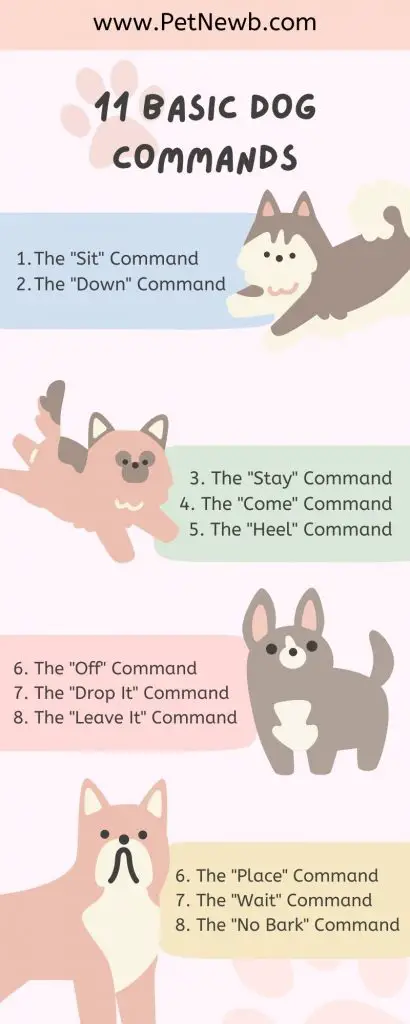
Are you working on training a pup? Let us know in the comments!
-Kacey
P.S. Did you like this article? Trot on over to:
- How To Introduce & Train Your Dog To Get Along With Your Pet Birds
- Should I Get A Pet? The Ultimate Guide To Making The Right Decision
- All About Cockatiel Birds: A Comprehensive Guide
- Cockatiel Care 101: How to Keep Your Feathered Friend Thriving


